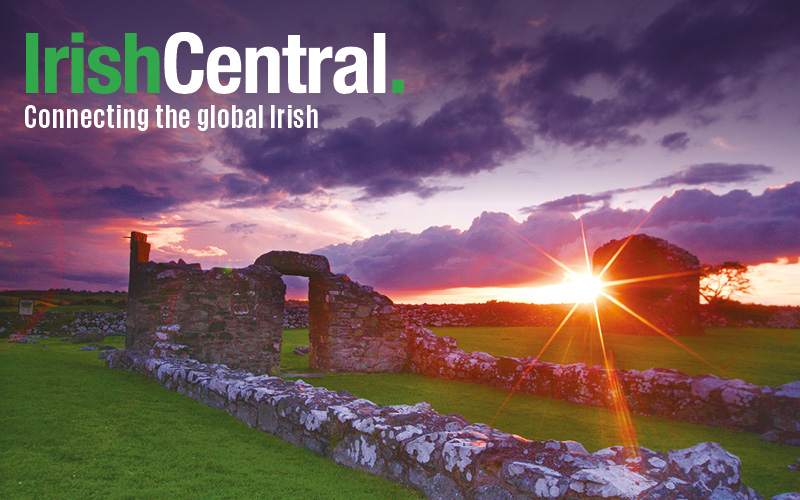For ardent followers of traditional Irish music and dance, summer signals the arrival of a great many wonderful summer schools and festivals where the traditional arts are respected and practiced.
While the origins and rationale for each of them are varied, the founding fathers and sisters of the schools started with the mission of preserving and passing on the heritage and culture of the Gael and fashioned a program that did justice to it.
Ironically, while the traditional arts would not be considered commercially viable for mainstream tastes and those who measure it via media attention, appearances or records sales, the reality is that all these “little” festivals and summer schools are quite the economic driver in cultural tourism and employment opportunities for the artists who ply their trade in this realm.
In Ireland, the annual Fleadh Cheoil na hEireann draws hundreds of thousands of people to the lucky town or city chosen to host it by Comhaltas Ceoltoiri Eireann, generating huge money-spinning potential.
The Willie Clancy Summer School in West Clare literally put Miltown Malbay on the map 42 years ago, luring people from all over the world to its yearly total immersion into traditional Irish music and dance, and it spawned a number of similar workshop-based programs on both sides of the pond. I
t certainly inspired the upstate New York week known as the Catskills Irish Arts Week which is now in its 20th year in East Durham, once the Irish-American vacationland in the days before the Boeing 707 came on the scene and transformed travel and holiday plans forevermore.
Back in 1995 when the Catskills Irish Arts Week (CIAW) made its first appearance, the infrastructure and the allure of the Irish Catskills was fading faster than those jet engines could carry people back to Ireland.
While its presence and impact was modest at first with only 70 students and a staff of 10 people, it was going down the right road in establishing a unique summer school that could offer a real Irish village experience at least in North America for those who followed the trad trail religiously.
With a colorful variety of Irish resorts and roadhouses still operating, and the commitment of the Michael Quill Irish Cultural and Sports Centre whose mantra was “Keep the Tradition Alive,” the CIAW found a welcome home in which to grow.
It has flourished over 20 years through the talents and dedication of many who wished to see the important role that New York has played in fostering the preservation and enjoyment of traditional Irish music and dance despite the economic challenges that faced the CIAW and East Durham every year.
When the CIAW rolls into town, it remains the single most important week of the year in bringing in people from around the country to fill up the remaining resorts and motels and putting money into the local cash registers of local businesses that depend on that surge to remain open the rest of the year.
At the center of any successful summer school or festival is always the emphasis on artists who are recognized not only for their talents but on their fierce dedication to the culture, and not just the often modest honorariums that might accompany their employment.
East Durham, with its no frills environment accorded to staffers, has been fortunate to attract some of the very best practitioners from both sides of the Atlantic over the years.
In fact, that mix of Irish- and American-based artists has not only been a successful gambit worth the extra expense that the imports carry, it has also led to establishing the Catskills as a real crossroads experience that benefitted teachers, performers, students and listeners in incalculable ways.
And this, the 20th year of the CIAW once again maintains its position as the largest of the North American summer schools solely devoted to traditional Irish music and dance.
While the CIAW faces greater competition for students around the country where other very fine weeks have also raised the bar for exceptional teaching and performing opportunities, the lineup in 2014 is as good as you would find anywhere on either side of the Atlantic.
The benefits for students full time or part time goes well beyond the excellent array of tutors with full access to the extra lectures, concerts and ceilithe taking place every day. But the beauty of the CIAW is also providing general admission to the high-quality music and dance events and lectures to those who enjoy it but don’t enroll during the week.
If you have followed the CIAW over the years you will recognize many familiar names on the faculty, many of whom are at the top of their craft. The list is too long to enumerate here but is well spelled out at www.catskillsirishartsweek.org.
It is worth mentioning that those who enjoy the music and dance of the Sliabh Luachra area will be delighted with the return of Matt Cranitch, Jackie Daly and Paul deGrae, who popularized that form over the many years there, and also the very animated Timmy “The Brit” McCarthy, the set dancing master who specializes in the sets from that region.
Cranitch and Daly, who formed a successful partnership at the CIAW over the years, will be launching a new CD during the week as will the Yanks, who appear at Subculture this Thursday, June 19 in New York City previewing their new CD Haymaker.
The week takes place July 13-19 all around East Durham, New York.




Comments